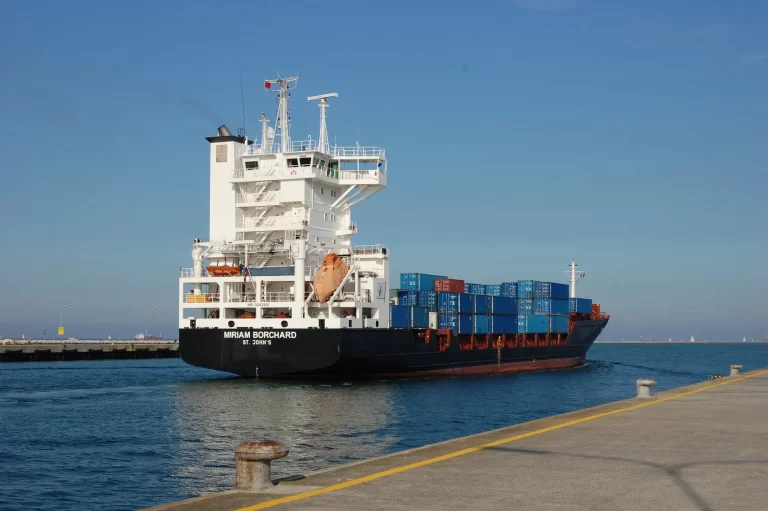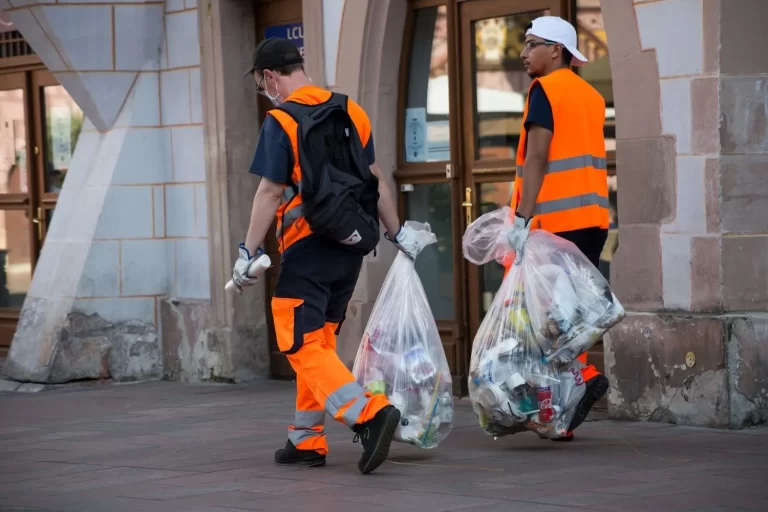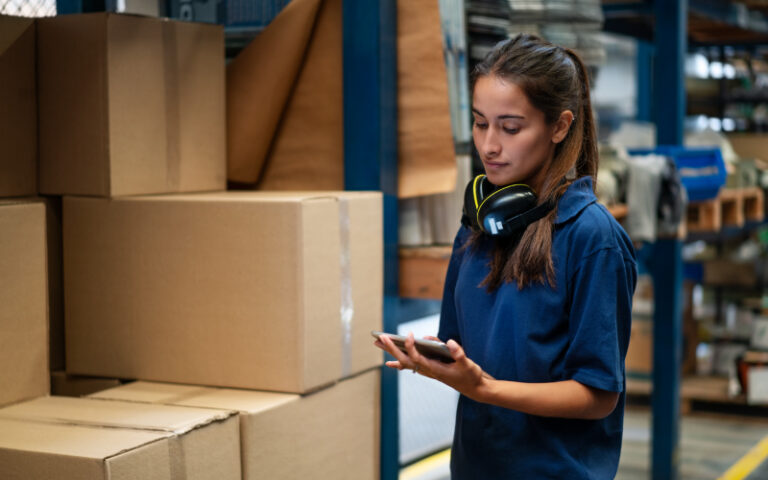Pressing and delivering weighty things has its own arrangement of difficulties. Your bundling must be more grounded and more defensive than for standard shipments. Why? Since heavier shipments are bound to be moved by forklift as opposed to human power and to turn trucks a few times while heading to their objections for soluble packaging solutions.
It depends on you, as the transporter, to pack these heavier things appropriately to stay away from them being harmed or obliterated by taking care of weighty distribution center hardware and exchanging between huge semi-truck. Furthermore, as a matter of fact, a few transporters will acknowledge things that they feel will not endure the pound of a water-driven lift or the arms of a forklift soluble packaging solutions.
1) Ship on a legitimate bed. A few heavier things are best served by tying down them to a bed. The bed ought to be made of wood or plastic and have the option to endure the pressure of being pulled and lifted.
2) Choose Durable Packaging. Pick creased containers sufficiently able to endure the heaviness of a full heap of bundles stacked on top of them. Just utilize new ridged containers that have been fixed safely with supported water-enacted tape. You may likewise need to add an additional degree of item security to within the case by setting a layer of X-Pad along the base, sides and top of the shipment.

3) Wrap and pad the things. Place weighty things in the focal point of the crate so they don’t shift when they are being conveyed. Encompass them with a thick layer of X-Pad for more item insurance. Occupy in any vacant spaces inside the crate.
4) Add another crate. Slip the pressed box into another case that is bigger than the first and cushion the vacant space with X-cushion or air pads. Contingent upon the thing, you need to leave something like two creeps of freedom between the inward and external boxes. Truly delicate things like weighty containers will require more freedom.
5) Seal the crate with water-enacted tape. For heavier things, pick fiberglass supported water-enacted tape for additional insurance. Water-initiated tape really bonds to a layered delivery box, safeguarding it from opening during transport.
6) Avoid making boxes excessively weighty. Think about breaking particularly weighty shipments into various boxes and wrapping individual parts independently. Excessively weighty boxes are bound to break in shipment and present a more serious gamble that those lifting them might drop the container.
7) Give it a shake. After the shipment is fixed, shake it. Ensure things can’t move around inside the container. Whatever can move will crush other delicate articles in the crate and possibly squash pressing material. On the off chance that you can hear things shaking around or moving, you really want to open the bundle and repack it







